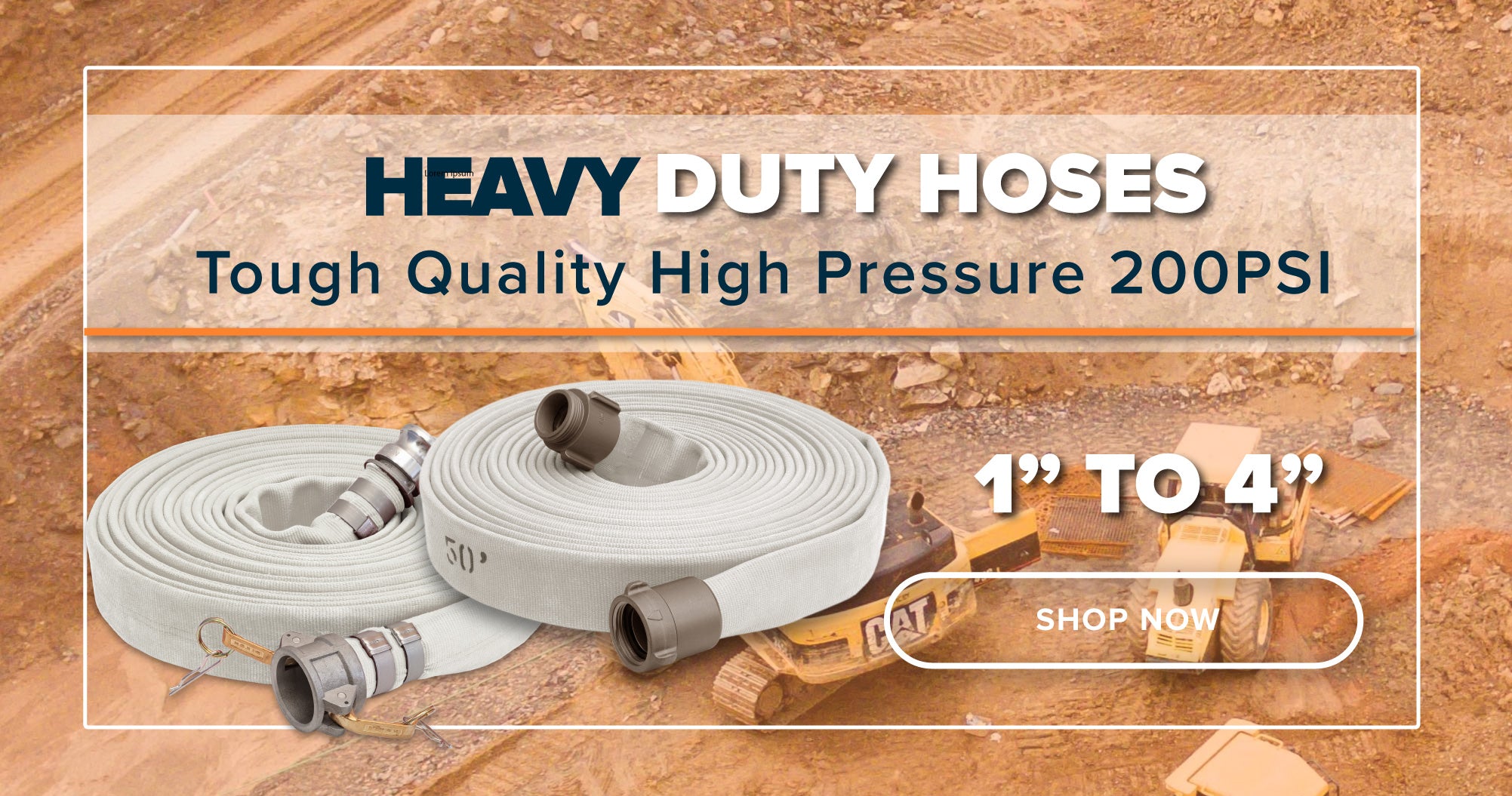If you live in an area that is prone to flooding, having a sump pump installed in your basement or crawl space can help prevent water damage. However, it is important to ensure that the sump pump is properly connected to a discharge hose in order to effectively remove water from your home. In this article, we will provide a step-by-step guide on how to connect a sump pump discharge hose.
Step 1: Choose the Right Hose
Before you can connect your sump pump to a discharge hose, you need to make sure that you have the right kind of hose. It is important to choose a hose that is flexible, durable, and has a large enough diameter to handle the amount of water that your sump pump will be pumping out.
The most common types of hoses used for sump pump discharge are corrugated plastic hoses and PVC hoses. Corrugated plastic hoses are flexible, lightweight, and easy to work with, but they are not as durable as PVC hoses. PVC hoses are more rigid and durable, but they can be more difficult to install.
When choosing a hose, make sure that it has a diameter of at least 1 1/4 inches. If your sump pump is particularly powerful, you may need a larger diameter hose.
Step 2: Locate the Sump Pump Discharge Port
The next step is to locate the discharge port on your sump pump. This is where the water will be pumped out of the sump pump and into the discharge hose. The discharge port is usually located on the top of the sump pump and is marked with an arrow or other indicator.
Step 3: Attach the Hose to the Discharge Port
Once you have located the discharge port, you can attach the hose to the sump pump. Start by sliding a hose clamp onto the end of the hose. Then, insert the end of the hose into the discharge port and tighten the clamp with a screwdriver or pliers.
Make sure that the hose is securely attached to the sump pump and that there are no leaks. If you notice any leaks, tighten the clamp further or replace it with a new one.
Step 4: Run the Hose to the Outside
Now that the hose is attached to the sump pump, you need to run it to the outside of your home. The hose should be long enough to reach from the sump pump to a point outside where the water can be safely discharged.
The easiest way to run the hose is to simply lay it on the ground and direct it away from your home. However, if you live in an area with a lot of foot traffic or if you want to keep your yard looking neat, you may want to bury the hose or run it through a drainage system.
Step 5: Attach the Hose to the Discharge Point
Once you have run the hose to the outside, you need to attach it to the discharge point. This is the point where the water will be discharged, such as a gutter, a storm drain, or a dry well.
If you are attaching the hose to a gutter or a storm drain, you can use a hose clamp to secure the hose in place. If you are using a dry well, you may need to dig a hole and place a grate or other cover over it to prevent debris from entering.
Step 6: Test the System
Once the hose is attached to the discharge point, you should test the system to make sure that it is working properly. Start by filling the sump pump with water and turning it on. The water should be pumped out of the sump pump and through the hose to the outside.
Check to make sure that the water is flowing freely through the hose and that there are no leaks or blockages. If everything is working
Leave a Reply
Your email address will not be published. Required fields are marked *








0 comments